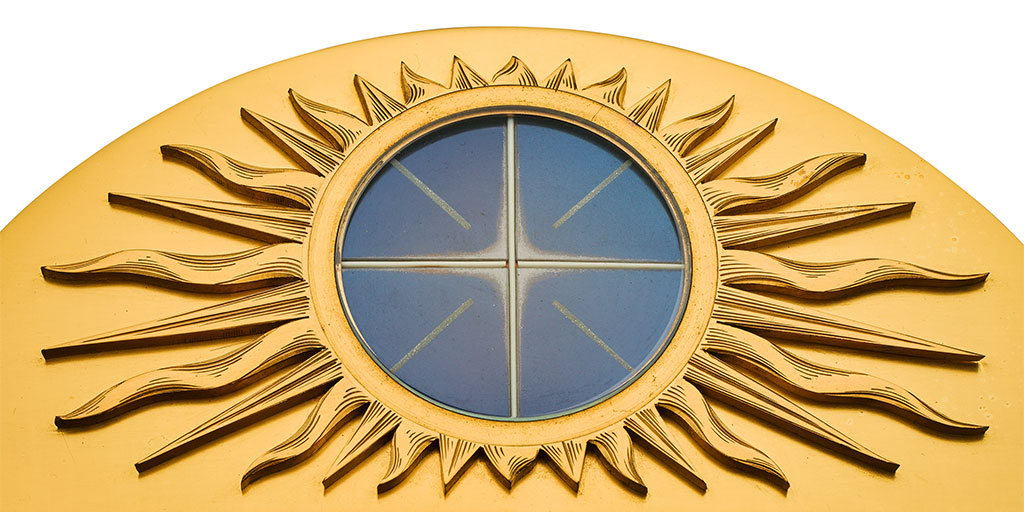In 1921, Albert Einstein was awarded The Nobel Prize in Physics “for his services to Theoretical Physics, and especially for his discovery of the law of the photoelectric effect.” Now what does this have to do with Patek Philippe? To understand solar powered Patek Philippe timepieces, we must start from the beginning and photoelectric cells.
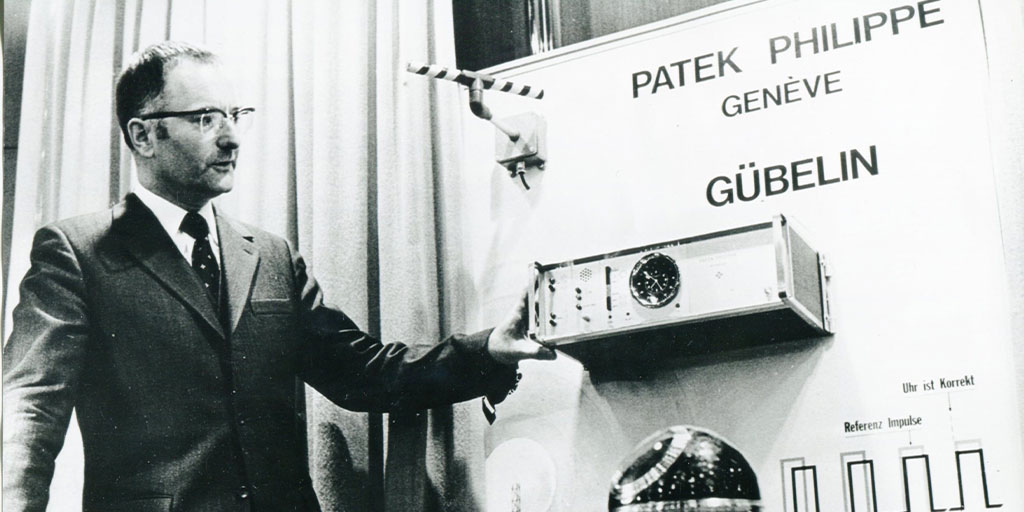
Very much as it is today, the first half of the 20th century was a time in which watchmaking acumen was a continual battle for the highest achievements in all regards. Swiss manufacturers were in a constant state of competition amongst each other for precision, design and advancement of technology. In 1948, Patek Philippe would develop a separate Electronics Division in the pursuit of nuclear, electronic and photoelectric timekeeping under the direction of Georges Delessert. This preceded the period in which the future of mechanical watchmaking was ambiguous, and in hindsight, it is clear that Patek Philippe was beginning to hedge its own bets.

The Electronics Division would focus on the pursuit and advancement of nuclear, electronic and photoelectric timekeeping. The manufacturer’s cognition to not only maintain a sense of tradition, but also experiment within areas that had not been explored, was unprecedented for the time. As a result, the period remains one of the most exciting chapters in Patek Philippe’s history. Many watchmakers would go on to face tremendous struggles with the introduction of quartz timekeeping and collapse as a result of not adopting this attitude. Early success within the Electronic Division was achieved when Patek Philippe was recognized as creating the first timepiece capable of winding itself by exposure to light.
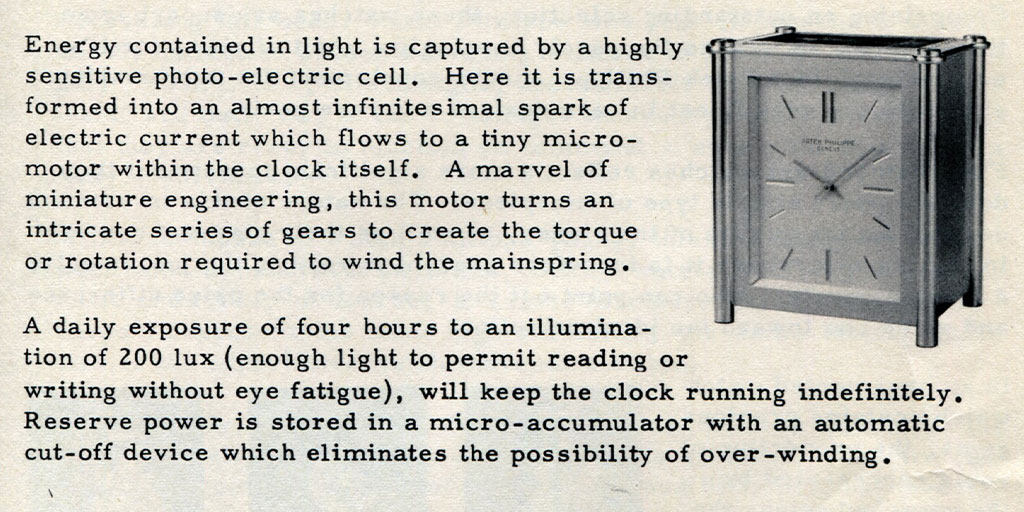
Photoelectric (or more commonly known as solar) timekeeping harnesses energy within applied cells from the exposure of light. These photoelectric cells would in turn utilize the electric power to wind the mainspring of a mechanical movement within the timepiece. When one looks within the interior of the clocks, small wiring can be seen which acts as the cable to deliver the electric current from the cells to the movement. Some of the earliest examples shown in advertisements from the Basel Fair of 1952 highlight the clock’s ability to “run for 24 hours from energy drawn from [only] one hour’s exposure to light”. The American market was captivated by the new technology. The launch was celebrated by a US tour, and the timepieces were displayed at prestigious venues such as the Museum of Science in Boston, Massachusetts. In addition to being showcased throughout the United States, the photoelectric timepieces were recognized with their own exhibit at the World Symposium on Applied Solar Energy in Phoenix, Arizona of 1955. Tiffany & Co., Patek Philippe’s longest established US retailer, was the first to receive these innovative timepieces in 1957.
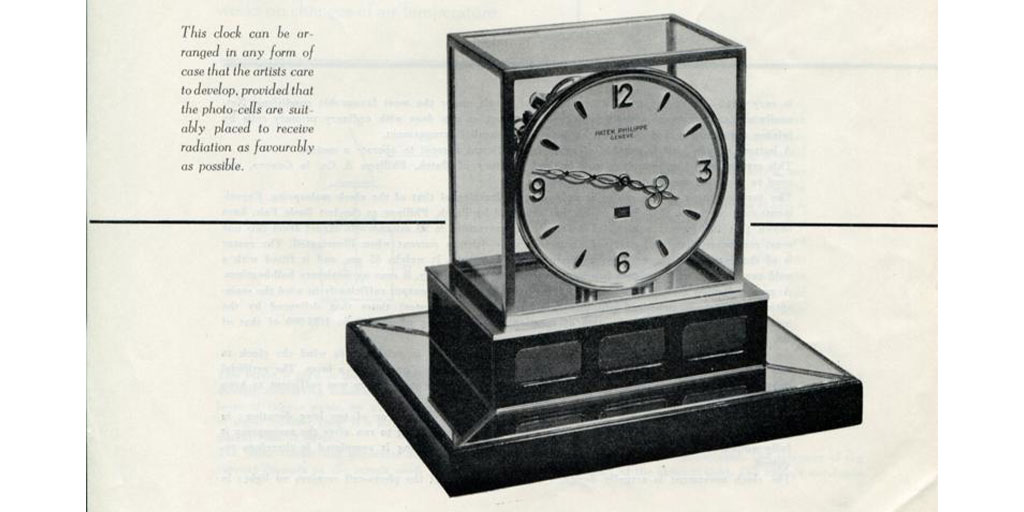
Back to Einstein’s Nobel Prize, six years prior to receiving the award, the theoretical physicist had purchased a Patek Philippe pocket watch which currently resides in The Patek Philippe Museum’s private collection.
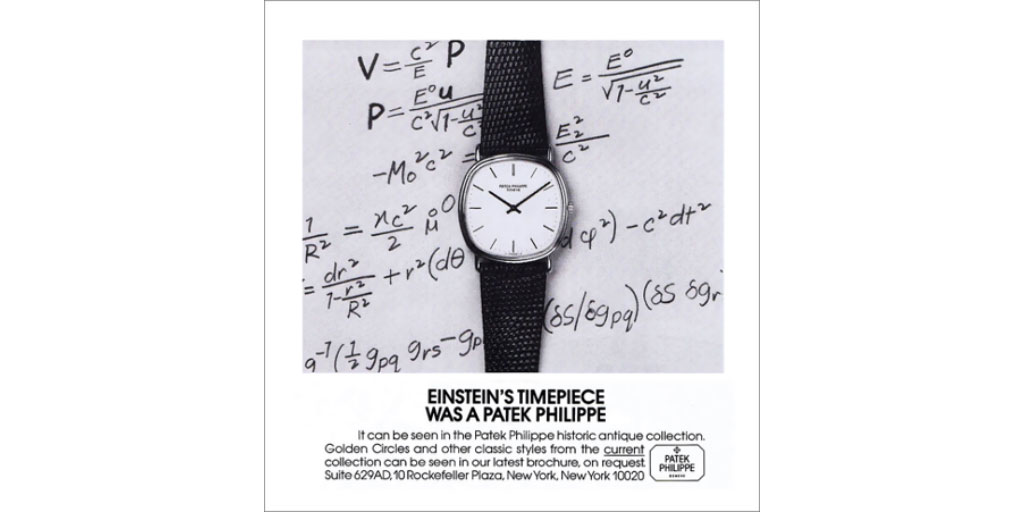
“Timepieces” vs. “Clocks”
While commonly referred to as “clocks”, the correct term is in fact “timepieces”. The origins of the word “clock” derives from the Latin word “clocca”, which when translated is “bell”. Tracing back through history, we see the appropriation of this word due to the fact that early mechanical timepieces would indicate the sound via a striking device. Within David Landes’ book ‘Revolution in Time’, the author explains that the evolution in timekeeping devices coincided with gradual change in the vernacular. While the sundials, clepsydras and other devices were referred to as “horologia”, the burgeoning bell towers across Europe would eventually make “clock” become an associated word amongst English, French, Dutch and German speakers. While most will understandably refer to stationary timepieces (whether on buildings, walls or desks) as “clocks”, we feel it makes for an enjoyable side note to share amongst watch enthusiasts.

Domed Solar Timepieces
The 1950s gave rise to an experimental and daring design language from Patek Philippe. Just as many of the celebrated asymmetrical timepieces were inspired by sculpture, such as the innovative watches by Gilbert Albert, the designs of the domed clocks are evocative of the awe inspiring architectural cathedrals and churches throughout Europe. During the mid-1950s, Patek Philippe began to advertise the avant-garde technology of solar powered timepieces with headlines such as “The Clock That is Wound By Light”.

The ref. 701 shown above is one of the earliest known dating back to 1956. Mindful of functional design, the domed top is capable of being rotated as to be positioned facing a light source. Presented with the original box, which mirrors the butterfly box for wristwatches of the 1930s – 1960s at the time of purchase, a client could have walked into Patek Philippe salon and chosen between the “self-winding” ref. 2526, or spent $50 more ($1,250) for one of the most “luxurious items imaginable” according to the brochure of the era.
At this point in time, it is important to note that Patek Philippe was not deviating from traditional watchmaking, as just a year later it would “revolutionize timekeeping” with the invention of the Gyromax balance.

Patek Philippe has always been cognizant of incorporating artistic elements within their timepieces. It is within the clocks that we can see a clearer dedication and stewardship to the arts. Quite literally, these have served as a preservation to traditional Genevan craftsmanship such as enameling, engraving and more. We will explore these exceptional crafts in more detail in later posts.
Solar Desk Timepieces

The ref. 811 gilded brass solar desk timepiece above is very much as dignified as it was upon its creation in 1964. The presence is certainly felt with an almost commanding character. Yet upon a closer look, the more delicate features neutralize this imposing timepiece. The ornate concentric textures around the dial and floral engravings give an inviting impression to an otherwise stoic design. In addition, the “Patek Philippe, Genève” font and stylized Breguet hands harken back to the much more diminutive pocket watch dials of the 19th century. Resembling the design of a Doric column, the stepped roof houses the embedded solar panel.

The more slender and taller ref. 815 (detail shown above) is a precedent to the 1970s Patek Philippe design language. As in many of the wristwatches, an extreme emphasis on textures has been incorporated. One begins to appreciate these small details when comparing the early designs which were clearly more practical and oriented for function. Inspired by an 18th century design aesthetic, it makes for a remarkable addition to the home or office of a true Patek Philippe aficionado.
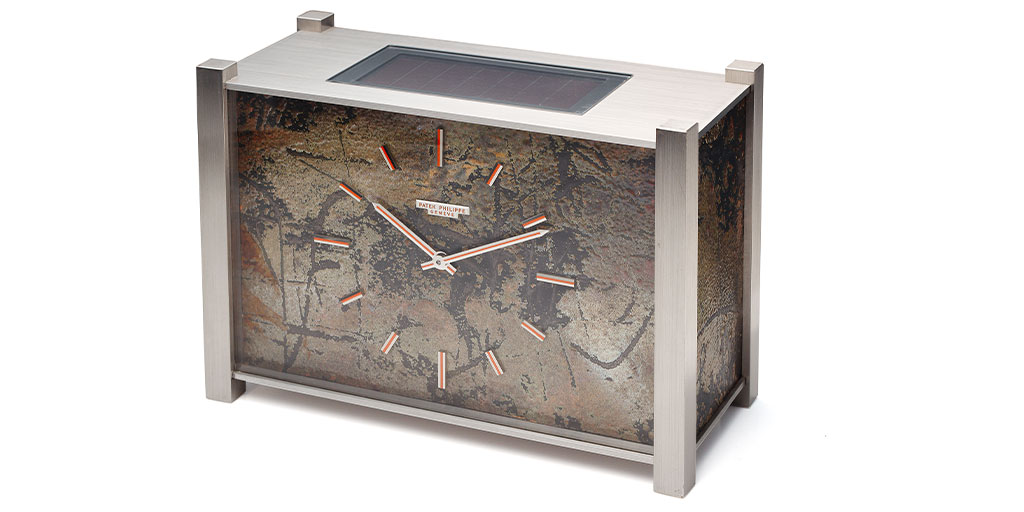
The above rhodium plated solar desk timepiece, ref. 1014 features four panels made of ‘Email Froid‘ or frozen enamel on oxidized copper, a finish never seen before on a Patek Philippe. The aesthetic is both modern and traditional and the orange and black dial hands is pure 1970s.
Semi-Circular Solar Desk Timepieces

Oftentimes rarity is overstated when discussing timepieces. Fortunately, Patek Philippe’s illustrious portfolio highlights why the brand is so uniquely special. In the following two references, we see vivid examples that embody opportunities to collect truly rare, and special timepieces. With less than five known, the semi-circular solar timepieces are masterpieces in every sense of the word.
Made circa 1960, the semi-circular desk timepieces, also known as ‘demi lune’, are balanced in both sober and decorative design. While the more toned down Roman numerals create a sense of tranquility, the surrounding space is made up of lively motifs set upon gilded brass and lacquer. Whether it is within the minute details of the lacquer or the embellished engraved hands, the ref. 971 shown above seems to elicit endless admiration. This clock has an Empire-inspired aesthetic with a hand engraved sun motif surrounding the solar panel. Its bold look, cutting-edge 1960s technology, and rare case configuration make the ref. 971 a fine statement clock.
While the top of the domed versions are interactive in that they can be rotated to position the solar panel towards light sources, it is worth noting that each Patek Philippe solar timepiece can be powered by both natural and incandescent light. In the case of semi-circular solar desk timepieces, we see the horizontally photoelectric cell elaborately decorated with a solar motif.
While distinctly related to the ref. 971, the ref. 804 above is clearly more-high spirited of the two semi-circular illustrated, demanding your attention and continuous gaze. Mesmerized by the hand engraving, it is as if the artisan’s aura is felt upon making eye contact. Complemented by the frond hands, is certainly one of the liveliest creations from Patek Philippe.
At this point in time, it is important to note Patek Philippe was not abandoning, nor deviating from traditional watchmaking. Many solar powered timepieces will in fact utilize a mechanical movement that is powered by the solar panels. Noteworthy within the advertisements of the day is the statement that the “highly sensitive photoelectric cell winds the extremely accurate twenty eight jewel movement”. Once again, Patek Philippe’s pursuit of innovation is paired with tradition, albeit a bit more elusive in this case. And perhaps this hidden detail is one of the aspects that makes the timepieces simultaneously overlooked and adored.
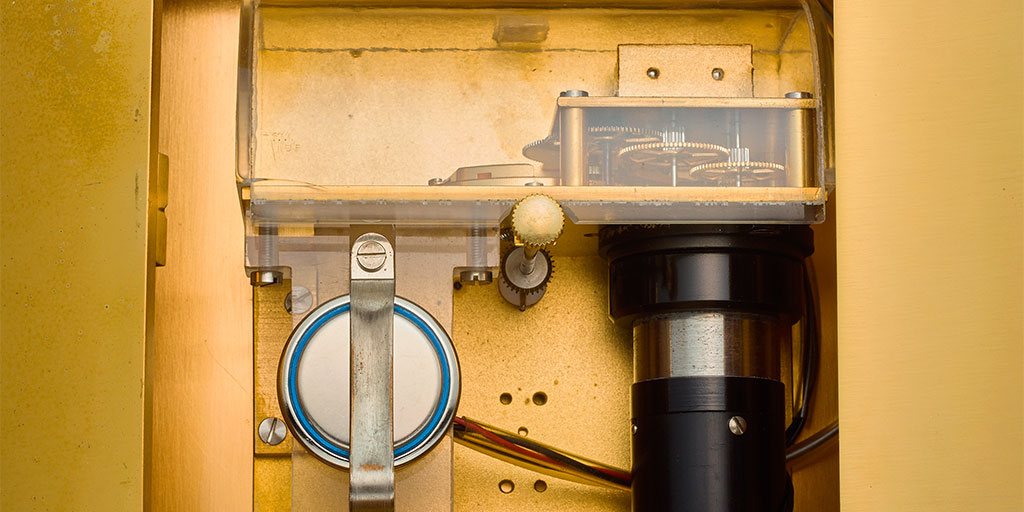
As seen above, the accumulator is positioned to the left. It acts as a redundancy system for powering of the horizontally fixed 17 lignes pocket watch movement. Future solar timepieces would graduate to a solid-state circuitry in the late 1970s and only now are these early examples being recognized and sought after. Like in the case of perpetual calendar chronographs, collectors are drawn to the subtle nuances that distinguish models throughout their evolution. Both of these semi-circular timepieces exemplify a marriage between 19th century technology (17 “‘ pocket watch movement) and the visionary technology of the future.
Solar Ellipse Timepieces

Just as iconic as the Ellipse wristwatches, the Ellipse solar desk timepiece stands alone as a unique addition to any home. Made with the same attention to detail as the Ellipse watches, these clocks from the 1970s and 80s are the ultimate retro desk accessory. The above example ref. 1505 is made with rhodium-plated brass and is one of only a handful of white metal Ellipse clocks known to exist.
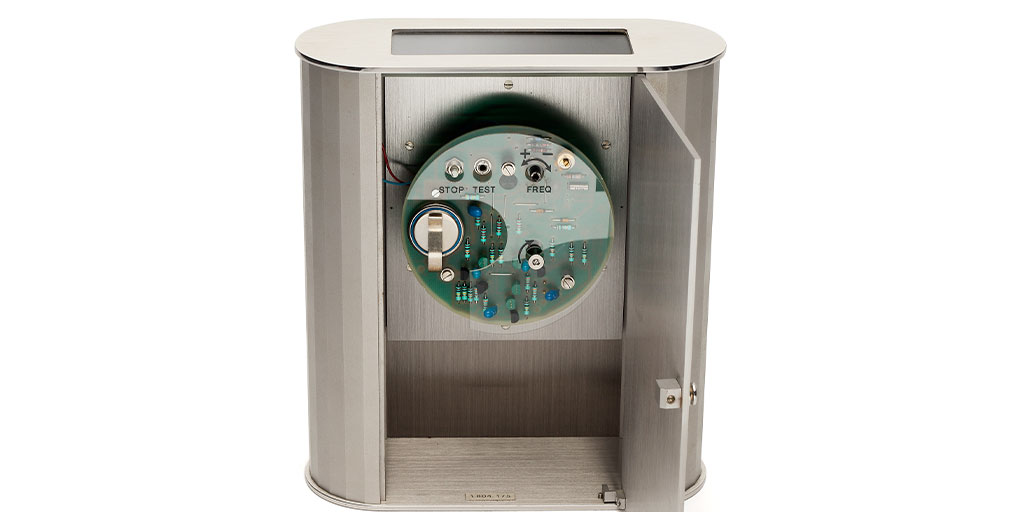
Solar clocks are certainly not the gateway timepiece to Patek Philippe, and this is likely due to a few reasons. Most notably is the fact that they remain stationary, often serving as functional home or office decor. While they may not attract the same level of attention as a ref. 5711, there is no substitution for Patek Philippe clock at the focal point of a room. Yet, these timepieces are truly artistic creations, in many cases much rarer than their counterparts attached to the wrist. They are seated at the Pantheon of timepieces created by Patek Philippe that will remain a luminary within the advancement of watchmaking. In a period in which we are more settled, the things that make up our environment can prove to be much more appreciated. It may be one more motivation to work from home …

